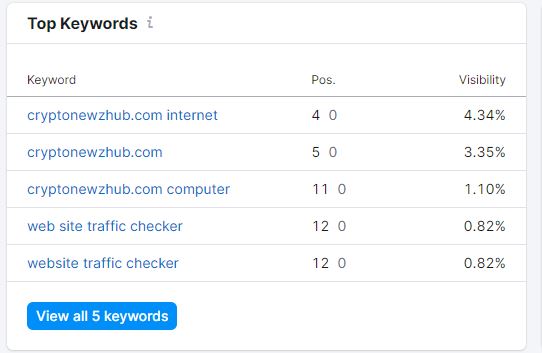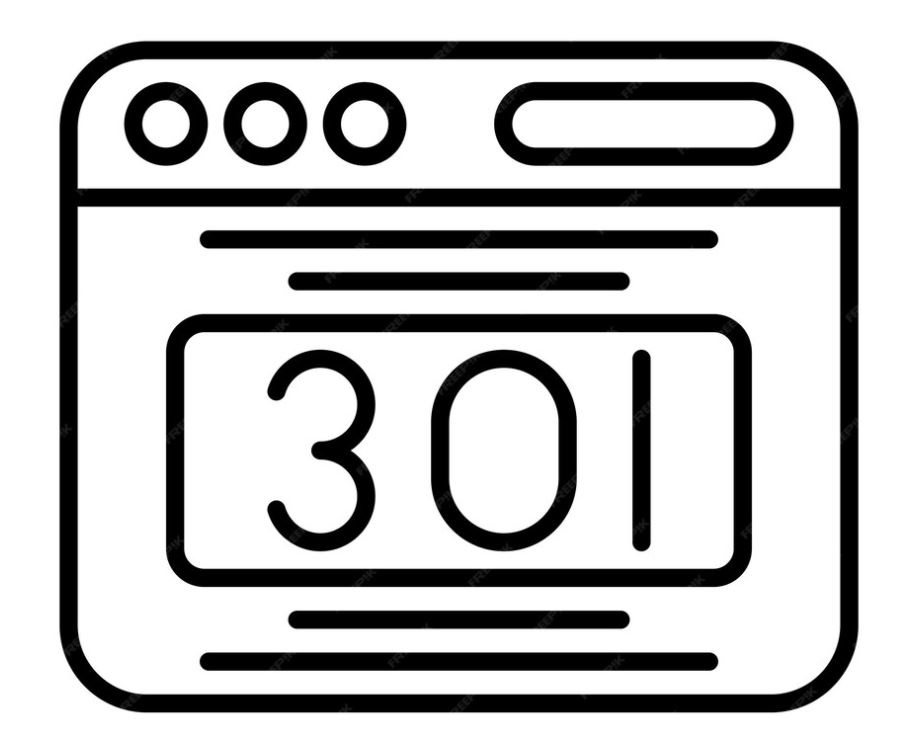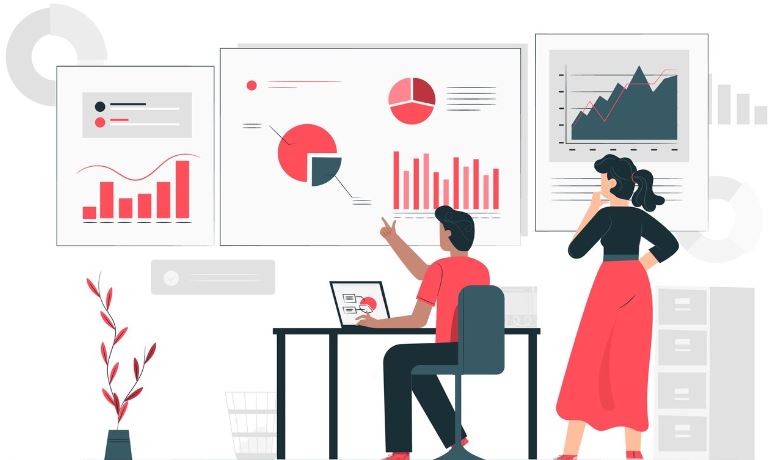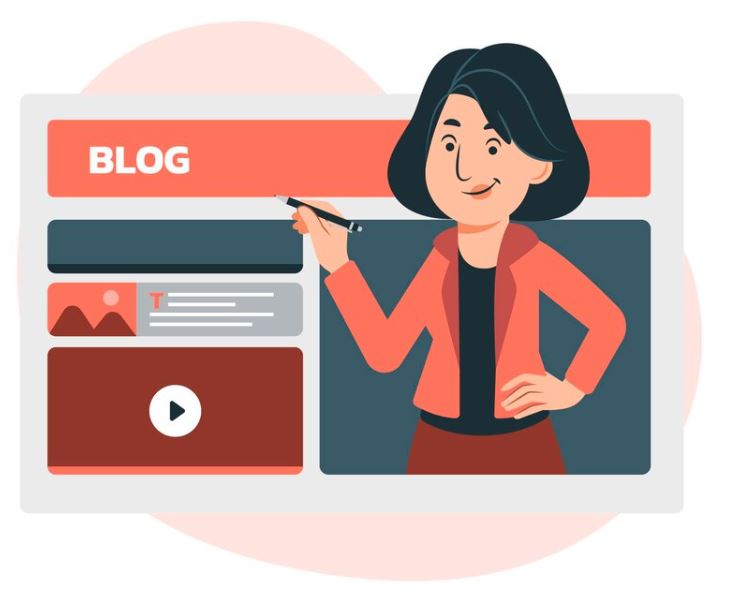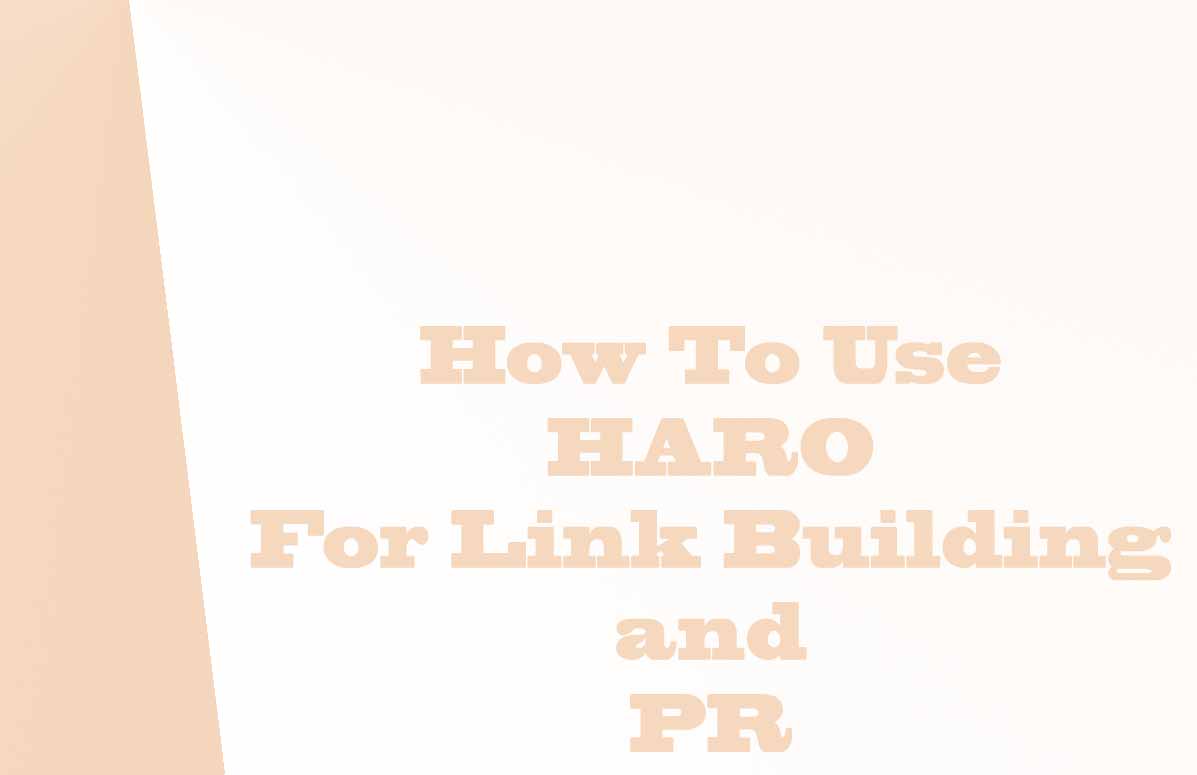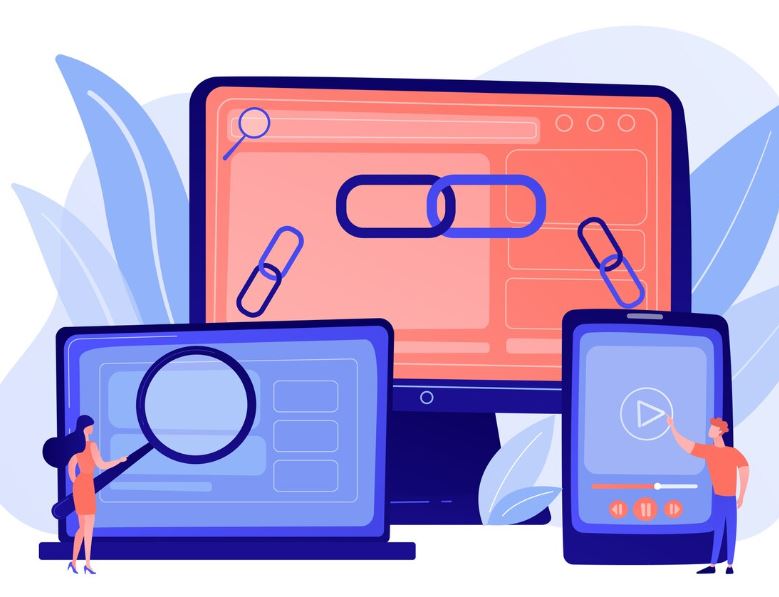
Backlinks are an essential part of any successful SEO strategy. They help search engines understand the relevance and authority of your website, which can lead to higher rankings on search engine results pages (SERPs).
Now, we’ll provide you with the top 10 backlink strategies for boosting your SEO.
Guest blogging
Writing guest posts for other websites is a great way to build backlinks to your site. Make sure to choose websites that are relevant to your niche and have a high domain authority.
There are many websites that allow you to write guest posts for free. Here are some websites that you can use to write guest posts:
These websites offer a platform for you to write guest posts and publish them on their website. This can help you increase your online presence and drive traffic to your website.
Broken link building
This strategy involves finding broken links on other websites and offering to replace them with links to your own content.
Broken link building is a link building strategy that involves finding broken links on other websites and offering your own content as a replacement. This is a popular and effective method for improving your website's SEO and gaining backlinks.
Here's a step-by-step guide on how to do broken link building:
1. Identify relevant websites: Start by identifying websites that are in your niche or industry. Make a list of potential websites that you would like to target for broken link building.
2. Find broken links: Use tools like lookkle's Broken Links.
3. Analyze broken links: Once you have found broken links, analyze the broken pages to determine if they are relevant to your own content. Make sure your replacement content can fit seamlessly into the broken link's context.
4. Create valuable content: Develop high-quality content that can serve as a replacement for the broken link. Make sure your content is informative, engaging, and valuable to the website's audience.
5. Contact website owners: Reach out to the website owners or webmasters of the websites with broken links. Introduce yourself, point out the broken link on their website, and offer your content as a replacement. Be polite, concise, and highlight the value your content provides.
6. Follow up: If you don't receive a response initially, follow up politely to remind them about your offer. Some website owners may receive a high volume of emails, so a gentle reminder can help.
7. Monitor your efforts: Track the responses you receive and keep a record of successful link placements. This will help you understand which strategies and approaches work best for your broken link building efforts.
Infographics
Creating infographics is an effective strategy to attract backlinks to your website. However, to ensure the success of this strategy, your infographics should be visually appealing, provide valuable information, and be easily shareable.
Here are a few types of infographics that tend to generate a good amount of backlinks:
1. Data-driven Infographics: Present data or statistics in an engaging visual format. People often link to them as a reference for their own articles or blog posts.
Examples include infographics about industry trends, survey results, or market research.
2. Comparison Infographics: Compare two or more concepts or products side by side. These types of infographics are useful for users looking to make informed decisions.
For example, a comparison infographic between different software tools within your industry.
3. How-to & Tutorial Infographics: Provide step-by-step instructions or tips on a specific topic. These infographics can be very helpful for users seeking guidance.
For instance, an infographic explaining the process of setting up a blog, constructing a DIY project, or learning a new skill.
4. List Infographics: Present information in a list format with visually appealing designs. These infographics are highly shareable and linkable, especially if they contain useful and unique content.
Examples include "Top 10 Tips for…” or "5 Essential Steps to…”
5. Process Infographics: Illustrate a complex process or workflow in a simplified manner. These infographics are popular among users seeking instructional content.
For instance, a process infographic on how to file taxes, a step-by-step guide to refinishing furniture, or a flowchart explaining a specific business process.
Skyscraper technique
This involves finding popular content in your niche and creating even better content that will attract more backlinks.
It involves three key steps:
1. Find link-worthy content: Look for existing content in your niche that has gained a significant number of backlinks. This could be articles, infographics, or blog posts that are highly cited and shared.
2. Create something better: Once you have identified the popular content, create a piece of content that is better, more detailed, or more up-to-date than what already exists. This could involve adding more information, improving the design, including visual elements, or presenting the content in a unique format.
3. Promote your content: After creating the improved piece of content, reach out to the websites that have linked to the original source. Inform them about your new and improved content and explain how it adds value to their readers. This outreach can be done through email, social media, or other communication channels.
The goal of the Skyscraper Technique is to entice website owners who have linked to similar content previously to now link to your improved version. By offering a more comprehensive and valuable resource, you increase your chances of getting backlinks from authoritative websites in your industry.
Resource pages
Many websites have resource pages that link to other websites in their niche. Reach out to these websites and ask to be included on their resource page.
Getting backlinks from resource pages can be an effective way to boost your website's visibility and improve its search engine rankings.
Here are some steps you can follow to obtain backlinks from resource pages:
1. Identify relevant resource pages: Start by finding websites or blogs in your niche that have resource or "links" pages. These pages usually include curated lists of helpful resources, tools, or websites related to a specific topic.
2. Research your target sites: Dive deep into the websites you've identified and understand their content, target audience, and linking patterns. This will help you tailor your outreach strategy and ensure that your website or content is a good fit for their resource page.
3. Create valuable content: Develop high-quality, informative, and unique content that you believe could be valuable for the target website's resource page. This could be a comprehensive guide, a tool, an infographic, or any other format that provides value and aligns with the website's theme or topic.
4. Outreach: Once you have your content ready, reach out to the website owners or administrators and introduce yourself, mentioning that you've found their resource page and believe your content could be a valuable addition. Personalize your outreach messages and highlight specific reasons why your content should be included in their resource page, such as its uniqueness, relevance, or helpfulness.
5. Follow up: Send a polite follow-up email if you don't receive a response after a reasonable time. Sometimes emails get lost or overlooked, so a gentle reminder can help increase your chances of getting a response.
6. Engage with their existing content: Before or after your outreach, engage with the website by leaving meaningful comments on their existing posts or sharing their content on social media. This helps establish rapport and shows genuine interest in their work.
7. Offer reciprocal links: If appropriate and if your website has resource pages as well, you can offer reciprocal links. This means that if they link to your content on their resource page, you can offer to link to their content from your own resource page, creating a mutually beneficial arrangement.
Social media
Sharing your content on social media can help attract backlinks from other websites.
1. Share content on social media platforms: Create high-quality and engaging content on your website or blog, and share it on social media. Include a link to your website in your social media posts to encourage users to click on it.
2. Engage with influencers: Reach out to influencers in your industry and build relationships with them. When they share your content, it can generate valuable backlinks to your website.
3. Participate in online communities: Join relevant discussion forums, groups, and communities on social media platforms. Participate actively in discussions and provide useful insights to establish yourself as an authority. When appropriate, share links to your website to support your points.
4. Collaborate with complementary businesses: Identify businesses that have a similar target audience but are not direct competitors. Collaborate with them to run joint social media campaigns or share each other's content, including backlinks to each other's websites.
5. Create shareable content: Craft informative, entertaining, and visually appealing content that is likely to be shared by social media users. Shareable content has a higher chance of being linked to or referenced by other websites.
6. Utilize social bookmarking sites: Submit your website or blog to popular social bookmarking sites like Reddit, StumbleUpon, and Digg. These platforms allow users to bookmark and share interesting links, potentially driving traffic and generating backlinks to your site.
7. Participate in Q&A platforms: Join question-and-answer platforms like Quora or Stack Exchange, and provide helpful answers related to your field of expertise. Include relevant links to your website where it adds value.
8. Create link-worthy content: Invest time in creating in-depth, informative, and unique content that others will want to link to. This could include research studies, industry reports, comprehensive guides, or expert interviews.
9. Run social media contests: Organize contests or giveaways on social media platforms to encourage engagement and sharing. Include a link to your website as part of the contest entry requirements.
10. Monitor brand mentions: Use social media monitoring tools to track mentions of your brand or website. Reach out to those who mention you and request a backlink if they haven't already included one.
Testimonials
Providing testimonials for other businesses in your niche can lead to backlinks from their website.
Interviews
Conducting interviews with experts in your niche can lead to backlinks from their website.
Roundup posts
Creating roundup posts that feature other experts in your niche can lead to backlinks from their website.
Internal linking
Linking to other pages on your website can help improve your website’s authority and lead to higher rankings on SERPs.
Conclusion
By following these top 10 backlink strategies, you can boost your website’s SEO and attract more traffic to your site.
Remember to focus on high-quality backlinks from relevant websites in your niche. By doing so, you’ll be well on your way to achieving your SEO goals and generating leads for your business.
Tips on SEO and Online Business
Next Articles
Previous Articles

